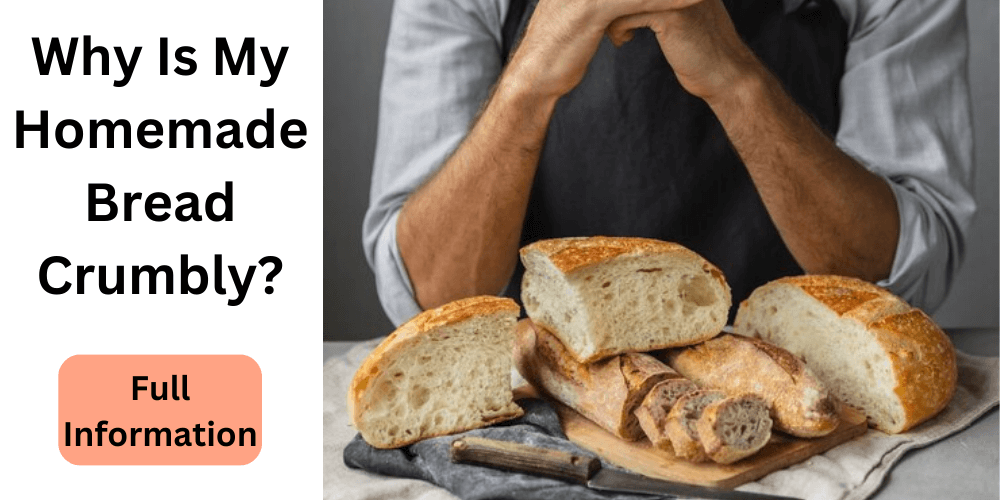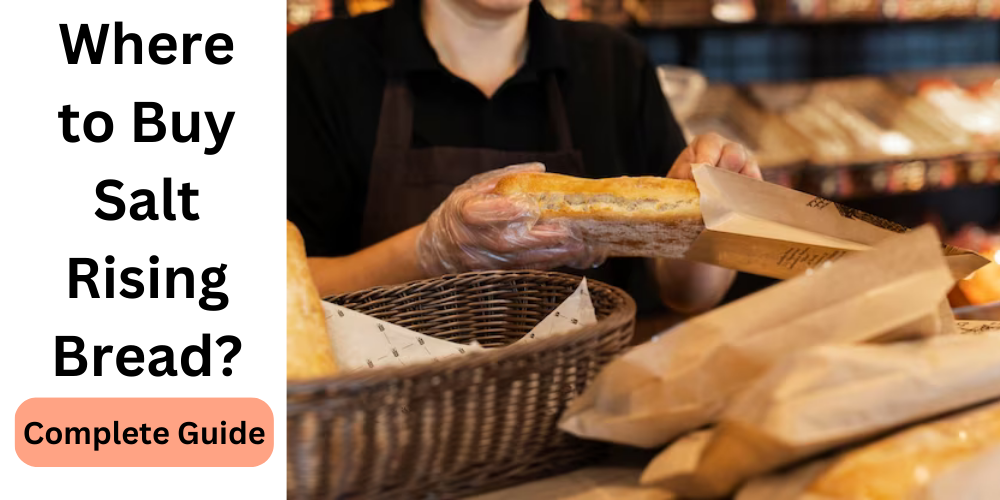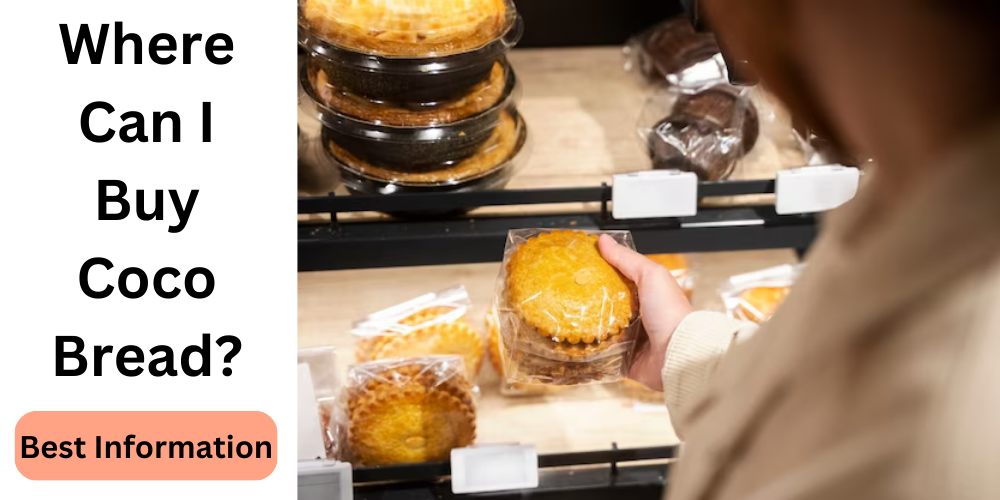Homemade bread is a staple in many households. The smell of freshly baked bread can be comforting and inviting, making it hard to resist. However, there are times when your homemade bread turns out to be crumbly instead of the desired soft and fluffy texture. This can be frustrating and leave you wondering why is my homemade bread crumbly. In this article, we will explore the possible reasons for crumbly homemade bread and provide tips on how to avoid it.

Why Is My Homemade Bread Crumbly?
There are several factors that can contribute to your homemade bread turning out crumbly. These include ingredient issues, yeast and rising factors, mixing and kneading techniques, oven and baking factors, and the cooling process. Let’s delve into each of these factors in detail.
Ingredient Issues
The ingredients used in making bread play a crucial role in determining its texture. If your homemade bread is turning out crumbly, it could be because of the flour you are using. Different types of flours have different protein levels, which affects the gluten formation. Gluten is a protein that gives bread its structure and allows it to rise. If you are using low-protein flour, your dough may not have enough gluten to hold it together, resulting in a crumbly texture.
Another ingredient issue that can cause crumbly homemade bread is the ratio of wet and dry ingredients. If your dough is too dry, it will not have enough moisture to form a cohesive structure, leading to a crumbly end product. On the other hand, if your dough is too wet, it will create a weak structure and result in a soggy or gummy bread.
Yeast and Rising Factors
Yeast is another essential ingredient in bread-making. It is responsible for the rising process, which gives bread its airy and fluffy texture. If your homemade bread is crumbly, it could be because of issues with yeast. Using expired yeast or not using enough can result in a dense and crumbly bread. Additionally, temperature plays a crucial role in yeast activation. If the environment is too cold, your dough may not rise properly, resulting in a dense and crumbly bread.
Mixing and Kneading Techniques
The way you mix and knead your dough can also affect its texture. Overmixing or undermixing the dough can lead to a crumbly bread. Overmixing causes the gluten to overdevelop, resulting in a tough texture. On the other hand, undermixing will not allow the gluten to develop enough, leading to a weak structure and crumbly bread.
Kneading is also essential in developing gluten. If you do not knead your dough for long enough, the gluten strands may not be strong enough to support the structure of your bread, resulting in a crumbly texture.
Oven and Baking Factors
The oven and baking process can also affect the texture of your homemade bread. If your oven temperature is not accurate, it can lead to an unevenly baked bread, with some parts being overcooked and others undercooked. The texture may become crumbly as a result.
Additionally, if you are using a too high or too low oven temperature, it can affect the moisture level in your bread. A high temperature can dry out your bread, making it crumbly, while a low temperature can result in a gummy texture.
Cooling Process
The cooling process may seem insignificant, but it can also affect the texture of your homemade bread. When you take freshly baked bread out of the oven, its structure is still settling and needs time to cool down before cutting into it. If you cut into your bread too soon, the structure may not have had enough time to set, resulting in a crumbly texture.
Related Guides:
How Do You Keep Homemade Bread From Being Crumbly?
To avoid crumbly homemade bread, there are a few things you can do. Firstly, make sure to use high-protein flour for better gluten formation. Secondly, pay attention to the ratio of wet and dry ingredients in your dough. It is always better to err on the side of caution and add a little more water if your dough seems too dry.
Next, make sure to use fresh yeast and follow proper rising techniques. This includes using warm water or milk to activate the yeast and allowing enough time for it to rise properly.
Proper mixing and kneading techniques are also crucial in avoiding crumbly homemade bread. Follow the recipe instructions for mixing and kneading times, and pay attention to the appearance of your dough to ensure it is well-developed.
Lastly, it is essential to bake your bread at the correct temperature for the recommended time. Use an oven thermometer to ensure accuracy. Also, resist the temptation to cut into your bread too soon and allow it to cool down completely before slicing.
How Do You Increase The Texture Of Homemade Bread?
If you have already baked a crumbly homemade bread, there are a few things you can do to increase its texture. Firstly, try brushing the top of your bread with melted butter or olive oil immediately after taking it out of the oven. This will help to seal in moisture and prevent your bread from becoming dry.
Slicing your bread and reheating it for a few minutes at a low temperature in the oven is an additional option. This will help to slightly crisp up the crust and give your bread a better texture.
Why Is My Homemade Bread Dry The Next Day?
Homemade bread can become dry the next day due to several reasons. Firstly, if your bread was not stored properly, it can quickly lose moisture and become dry. Make sure to store your bread in an airtight container or wrap it tightly in plastic wrap.
Additionally, using too much flour when kneading or shaping your dough can result in a drier bread. Follow the recipe instructions for flour measurements, and do not add more than necessary.
Lastly, the type of flour used can also affect the moisture level in your homemade bread. Experiment with different types of flours to find one that gives you the desired texture.
Conclusion:
There are several factors that can contribute to crumbly homemade bread. Paying attention to ingredients, yeast and rising processes, mixing and kneading techniques, oven and baking factors, and the cooling process can help you avoid a crumbly end product. By following proper techniques and experimenting with ingredients, you can increase the texture of your homemade bread and find what works best for you. Why is my homemade bread crumbly, don’t be discouraged – use these tips to troubleshoot and improve your bread-making skills.
Sources:
- By Beth Goldowitz, Why is my homemade bread crumbly instead of chewy? Posted 5 years ago




